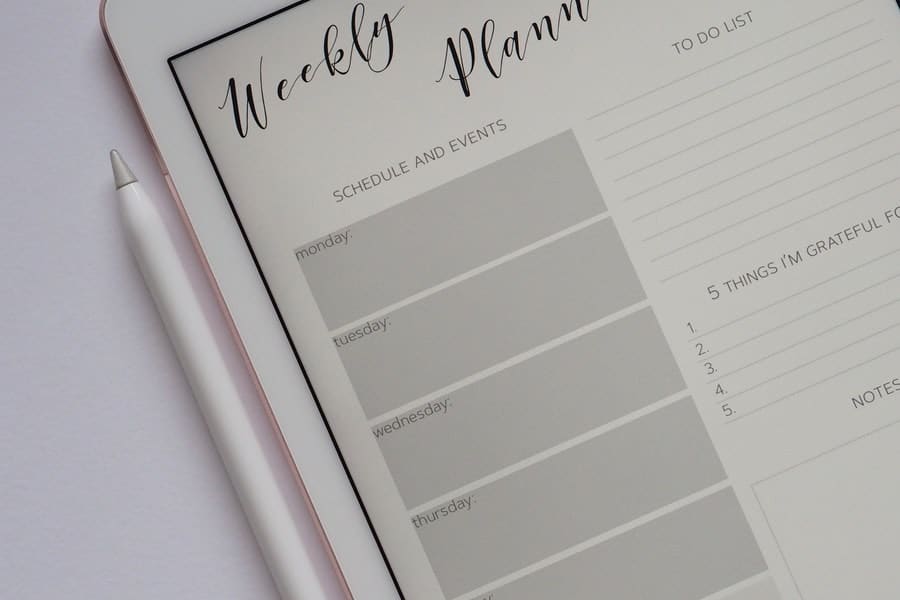You’ve recently purchased a planner to help you organize your life, or a colleague, friend or loved one has suggested you give planners a try. But how are you going to use the planner so it benefits you the most? If you’re new to using planners, chances are you could use a little advice to make sure you are prioritizing the tasks that you truly need to get done first.
1. Place All of Your Tasks in One Place
Seeing all of your impending task in the same location will let you see at a glance just what needs to be finished now. This will save you time from flipping through pages to see where you are in the day’s actions. What’s more, keeping the information in one place makes it easier to edit and otherwise adjust them.
2. Categorize Your Tasks by Urgency
Not every item in your to-do list will have the same level of importance. When considering which tasks to complete, especially when your schedule gets hit by an unforeseen event (trip to the doctor, a client or your boss has an urgent request, and so on), it’s best to rank them by urgency. Take care of the most pressing tasks now and then revise your planner to finish the rest when you have more time later in the week.
3. Assign Actions Your Tasks
A planner is more than a mere list of tasks. It’s a good idea for you to assign an action to each item in the list. So when you look at the list of tasks, designate for each item whether you should do it, defer it to another day, delegate it to your assistant or other professional, or outright delete the task as no longer being useful or necessary. Lining up actions with the tasks simplifies your scheduling enormously.

4. What Can You Do Now vs. What Takes Time to Do?
Keep in mind which of the tasks in your planner are ones that you can reasonably accommodate now in the limited time you have left. Focus on what is possible and urgent now and put more time-consuming events to another point in your schedule. Otherwise you might expend effort on something that
5. Leave Room for Flexibility
Despite the fact that tasks are written down in your official planner, it doesn’t mean that you have to follow the list slavishly. In some cases, you will benefit by being a bit more flexible. For example, maybe take care of laundry while dinner cooks, so you can go spend some quality time with a mentor, friend or relative who stopped by spontaneously earlier in the days. The last thing you would want is to stop using a planner entirely, simply because you had overscheduled yourself with too many difficult tasks.
6. Know When To Cut A Task
The number of tasks in your planner can look daunting, but instead of panicking and worrying about how you will complete everything, give them a second look and figure out what tasks can be ignored and removed from the list. A task might be desired but can turn out to be unnecessary in the grand scheme of things.

7. Allow Your Tasks to Be Moved
Don’t settle for a rigid schedule, if it causes problems in managing your time. Give yourself permission to move tasks around from one day to the next or even to defer an event until the following month. The schedule derived from your planner’s list of tasks is not set in stone.
8. Consider a Digital Planner
Starting with an ordinary paper planner is useful for beginners, especially when you are not certain about using a planner on a regular basis. But consider using a digital planner once you become accustomed to living and working according to a more stringent schedule. Your digital planner will make it easier to shift tasks around. Imagine a virtual cork board where you can pin and move tasks around at will until you’ve worked out the ideal schedule for all of them.

9. Make Some Time Just For You!
Having a plan to use your planner more effectively is going to help you improve your life because you’ll have more efficient use of your time. But as you write notes about various tasks to do and when they should be completed, make sure that you also leave time for planning the joys of life. Schedule in some “me” time so your enjoyment of life doesn’t fall by the wayside.


Pingback: Establishing an Organized Morning Routine – Hercolav